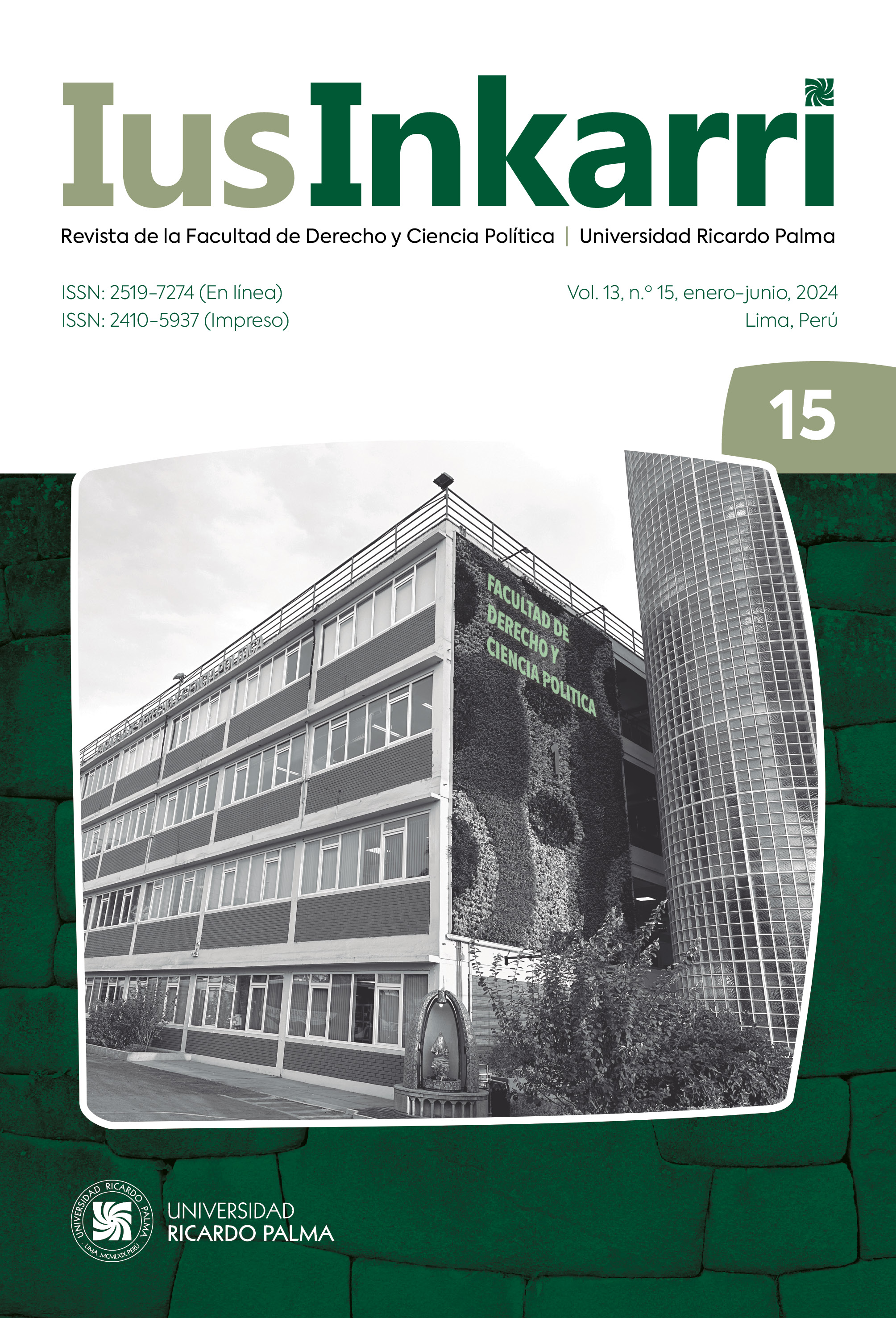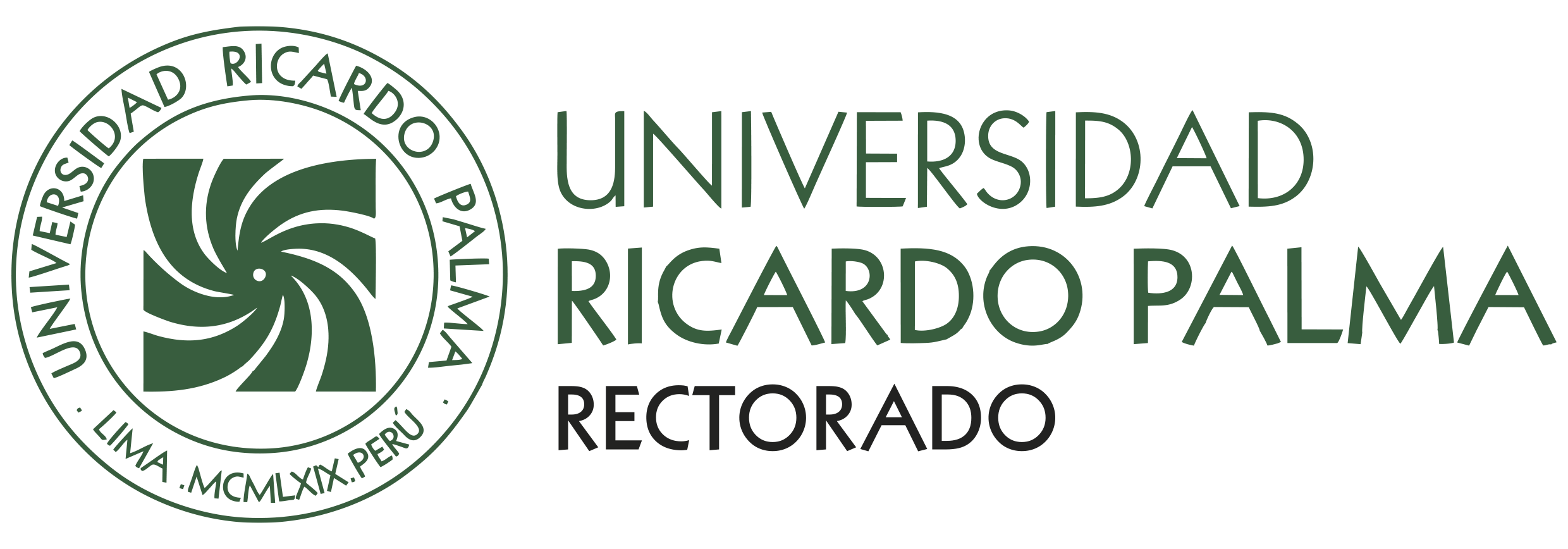Analysis of the principle of peaceful settlement of disputes and the rationale for its application to internal armed conflicts
DOI:
https://doi.org/10.59885/iusinkarri.2024.v13n15.11Keywords:
Peaceful resolution, Internal conflicts, International Law, State sovereignty, Human rights.Abstract
The present article analyzes the principle of peaceful dispute resolution and its application to internal armed conflicts. Three fundamental principles that motivate the international community's intervention in internal conflicts are highlighted: the sovereignty of states, human rights, and humanitarian protection.
The principle of state sovereignty is framed in Article 2 of the UN Charter, which establishes the equal sovereignty of all its members. Article 3, common to the Geneva Conventions of 1949, adds basic human rights, valid in times of peace and war. In general, the UN Security Council condemns excesses committed by parties to an internal conflict and establishes international criminal tribunals to punish those who commit human rights violations.
The study concludes that the three principles provide international interest in virtually any internal armed conflict and that the UN system further provides evidence regarding the international community's interests in armed conflicts. It offers an advanced and cutting-edge perspective in the field of International Law and its application to internal armed conflicts.
Downloads
References
Bourantonis, D., & Wiener, J. (eds.). (1995). The United Nations in the New World Order: The World Organization at Fifty. Macmillan Press.
Bryan, A. (1995). Haiti: Kick Starting the Economy. Current History, 94(589), 65-70.
Bryden, M. (1995). Somalia: The Wages of Failure. Current History, 94(591), 145-151.
Brzezinski, Z. (1997). The New Challenges to Human Rights. Journal of Democracy, 8(2), 3-7.
Camilleri, J. (1995). Mantenimiento de la paz, pacificación de crisis después de la Guerra Fría. En M. Seara Vázquez (comp.), Las Naciones Unidas a los cincuenta años (pp. 127-153). Fondo de Cultura Económica.
Cançado-Trindade, A. A. (1987). Nicarágua versus Estados Unidos (1984-1985). Revista Brasileira de Estudos Políticos, (63-64), 139-170.
Consejo de Seguridad de las Naciones Unidas. (1992, 17 de marzo). Resolución 746. https://documents.un.org/doc/resolution/gen/nr0/013/27/pdf/nr001327.pdf?token=OlfHlMsRwVtgdCBz34&fe=true
Corte Internacional de Justicia (CIJ). (1949). Caso del Canal de Corfú (Reino Unido vs. Albania). Sentencia. La Haya: 9 de abril de 1949.
Corte Internacional de Justicia (CIJ). (1986). Caso relativo a las actividades militares y paramilitares en Nicaragua y contra Nicaragua (Nicaragua contra los Estados Unidos de América) (Fondo del asunto) (pp. 210-222). 27 de junio de 1986. https://www.dipublico.org/cij/doc/79.pdf
Eban, A. (1995). The U. N. Idea Revisited. Foreign Affairs, 74(5), 39-55.
Fawcett, J. E. S. (1965-1966). Security Council Resolutions on Rhodesia. The British Yearbook of International Law, (41), 103-121.
Franck, T., & Nolte, G. (1993). The Good Offices Function of the UN Secretary-General. En A. Roberts & B. Kingsbury (eds.), United Nations, Divided World: The UN’s roles in international relations (pp. 143-182). Clarendon Press.
Gerlach, J. (1993). A U. N. Army for the New World Order? Orbis, 37(2), 223-236.
Godreau, M. (1967). Algunos aspectos de derecho internacional público en la crisis de Rodesia. Revista Jurídica de la Universidad de Puerto Rico, 36(4), 655-683.
Goulding, M. (1993). The Evolution of United Nations peacekeeping. International Affairs, 69(3), 451-464.
Hernández Campos, A. (1998). Avance del derecho penal internacional: la creación de la Corte Penal Internacional. Agenda Internacional, 5(11), 103-128. https://doi.org/10.18800/agenda.199802.005
Kennedy, P., & Russett, B. (1995). Reforming the United Nations. Foreign Affairs, 74(5), 56-71.
Maingot, A. (1995). Haiti: The Political Rot Within. Current History, 94(589), 59-64.
Meron, T. (2019). Commentary on Humanitarian Intervention. En L. F. Damrosch & D. J. Schaeffer (eds.), Law and Force in the International Order (pp. 212-214). Routledge.
Mintz, S. (1995). Can Haiti Change? Foreign Affairs, 74(1), 73-86.
Naciones Unidas. (1945). Carta de las Naciones Unidas. San Francisco: 26 de junio de 1945. https://www.un.org/es/about-us/un-charter/chapter-1
Oda, S. (1985). El individuo en el derecho internacional. En M. Sorensen (ed.), Manual de derecho internacional público. Fondo de Cultura Económica.
Pease, K. K., & Forsythe, D. (1993). Human Rights, Humanitarian Intervention, and World Politics. Human Rights Quarterly, 15(2), 290-314.
Pigrau Solé, A. (1998). Ante la Conferencia de Roma sobre el establecimiento de un Tribunal Penal Internacional. Revista de la Asociación para las Naciones Unidas en España, 14, 13-15.
Roberts, A., & Kingsbury, B. (eds.). (1993). United Nations, Divided World: The UN’s roles in international relations. Clarendon Press.
Rousseau, C. (1966). Derecho internacional público. Ariel.
Sepúlveda Amor, B. (1995). No intervención y derecho de injerencia: el imperio o la decadencia de la soberanía. En M. Seara Vázquez (comp.), Las Naciones Unidas a los cincuenta años (pp. 173-199). Fondo de Cultura Económica.
Sepúlveda, C. (1995). El derecho de gentes y la organización internacional en los umbrales del siglo XXI. Fondo de Cultura Económica; Universidad Nacional Autónoma de México.
Sikkink, K. (1993). Human rights, principled issue-networks, and sovereignty in Latin America. International Organization, 47(3), 411-441.
Simonds, S. (1992). Conventional warfare and environmental protection: A proposal for international legal reform. Stanford Journal of International Law, 29(1), 165-221.
Smith, G. (1995). Haiti: From Intervention to Intervasion. Current History, 94(589), 54-58.
Soames, A. C. (1980). From Rhodesia to Zimbabwe. International Affairs, 56(3), 405-419. https://doi.org/10.2307/2617389
Stevenson, J. (1993). Hope Restored in Somalia? Foreign Policy, (91), 138-154. https://doi.org/10.2307/1149064
Tanca, A. (1993). Foreign Armed Intervention in Internal Conflict. M. Nijhoff.
United Nations (UN) [Consejo de Seguridad de las Naciones Unidas]. (1960). Security Council official records, 15th year: 873rd meeting [873ª. Sesión, S_PV-873-ES]. New York: 13-14 de julio de 1960.
United Nations (UN). (2006). Trail smelter case (United States of America, Canada) 16 April 1938, 11 March 1941. In Reports of International Arbitral Awards. Recueil des Sentences Arbitrales (vol. iii, pp. 1905-1982). https://legal.un.org/riaa/cases/vol_III/1905-1982.pdf
United Nations, Secretariat. (1992). Technical Team on the Conduct of a Free and Fair Referendum on the Issue of a One Party/Multiparty System in Malawi. 15-21 de noviembre de 1992.
United Nations, Secretary-General [secretario general de la ONU]. (1992). The Situation in Somalia: report of the Secretary-General [La situación en Somalia: Informe del secretario general. Doc. S/23829/ Add-1-ES]. New York: 21 de abril de 1992. https://digitallibrary.un.org/record/141913/files/S_23829_Add-1-ES.pdf
Waldock, C. H. M. (1952). The Regulation of the Use of Force by Individual States in International Law. En Académie de Doit International, Recueil des Cours de l’Academie de Droit International (t. 81, vol. ii, pp. 451-517). Recueil Sirey.
Weiss, T. (1993). New Challenges for UN Military Operations: Implementing an Agenda for Peace. The Washington Quarterly, 16(1), 51-66.
Weiss, T. (1995). The United Nations at Fifty: Recent Lessons. Current History, 94(592), 223-228.
Downloads
Published
How to Cite
Issue
Section
License
Copyright (c) 2024 Augusto Hernández Campos, Mauricio Bouroncle Velásquez

This work is licensed under a Creative Commons Attribution 4.0 International License.













